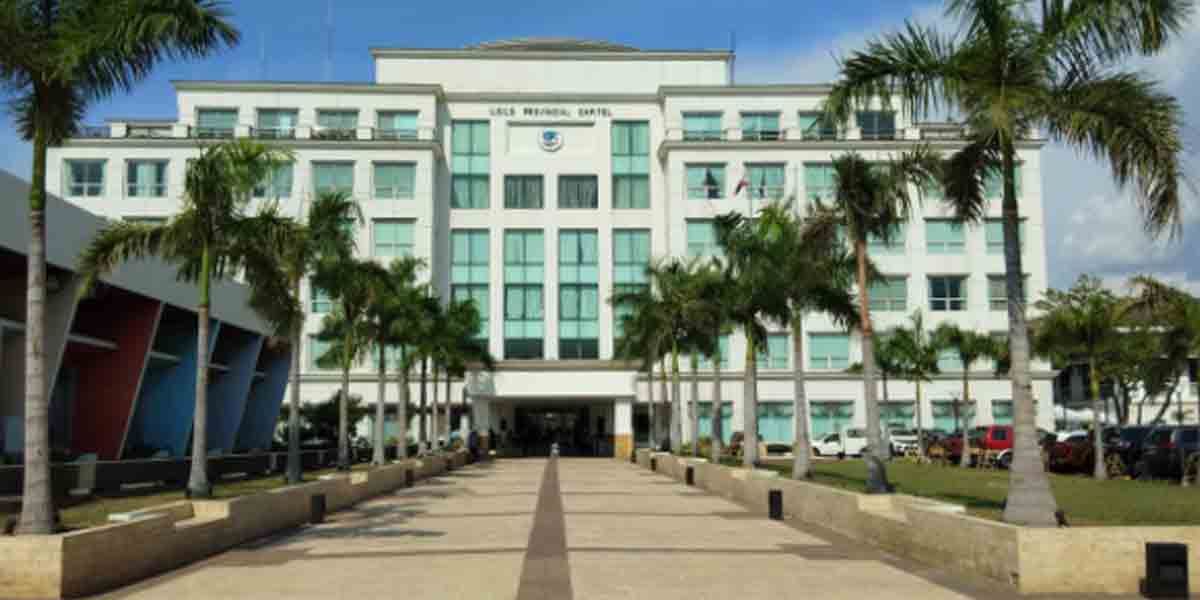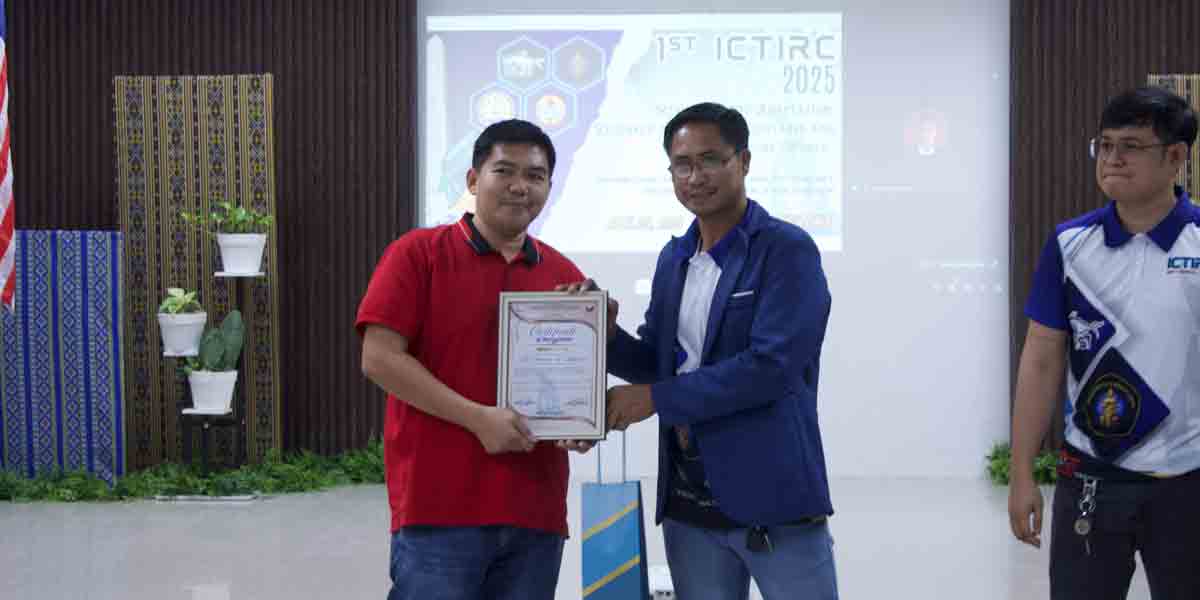
By Joseph Bernard A. Marzan
Recent power woes in Iloilo City, including the notorious region-wide outages of April 2023 and January of this year, will be the subject of an upcoming meeting between the metropolitan body and key local energy players.
Iloilo City Mayor Jerry Treñas said that their imperative is to find a solution, and fast.
On Monday, Treñas reiterated his statement from March 1, announcing that the Metro Iloilo-Guimaras Economic Development Council (MIGEDC), the Department of Energy (DOE), the National Grid Corporation of the Philippines (NGCP), local distribution utilities, and power generation companies will convene this Thursday, March 7.
The purpose of the meeting, he said, is to find immediate solutions to the persistent power problems that hinder everyday life and threaten the influx of potential investments.
“[Power outages] happened when we had a lack of power, and I was also mayor at that time, and we had to look for solutions. That’s when the coal plant started. We have had rotational brownouts before. Now, we have to consider that we are looking for solutions on how can we attain this,” Treñas said.
“We have BPOs [and] we have retail. The international port is being developed. The power situation is going to affect these developments and will dampen investor interest in the region. We need to look for solutions first. We need to make friends first before enemies, because they are investing billions,” he added.
Discussions will also consider the region’s potential for various energy sources, including solar, wind, and coal.
“I think the coal plant [in La Paz district] has been there for a while, when I was also mayor, around 2007. Until now, we haven’t seen anything different with the coal plant. In other places, they’ve continued to build coal plants because it is the most reliable and the easiest to build,” the mayor said about the city’s current coal plant.
“We need to have capacity in [the Panay and Guimaras Islands]. Our growth is going faster. We don’t need to compute, just look at the buildings and houses being built. All of these need power. If a [planned] data center will push through, [it] will need 5 megawatts. So, we are lacking in power,” he added.
The planned legal actions by the city government against the NGCP with the Energy Regulatory Commission (ERC) will not be on the meeting’s agenda.
He said that the NGCP has never reached out to the city government, even for a possible extrajudicial resolution of their conflicts.
“The [NGCP] will be there [at the March 7 meeting], so we will not telegraph our actions. They will only know when it is already there,” he said.
On February 19, the mayor said the city would file a Motion to Intervene in a case started by the ERC, as well as lodge its own complaint against the grid franchisee for estimated losses due to power outages.
The City Council authorized these legal proceedings on February 21.
WASTE-TO-ENERGY
Regarding waste-to-energy initiatives, Treñas pointed to the Integrated Solid Waste Management Facility (ISWMF) project by Metro Pacific Iloilo Water (MPIW), the water distributor in Metro Iloilo.
The ISWMF will be the country’s first waste-to-energy plant, generating 3 to 5 megawatts of electricity for MPIW’s desalination plant, increasing water supply to its service areas.
The plant will require 10MW, with the surplus energy coming from the conventional electric grid.
The mayor also pointed to the upcoming Integrated Solid Waste Management Facility (ISWMF) to be developed by Metro Pacific Iloilo Water (MPIW), which distributes water supply to majority of the city and immediate neighboring Iloilo province towns.
The ISWMF prides to become the country’s first waste-to-energy facility and will harness 3 to 5 megawatts (MW) of electric power, which will be used for the MPIW’s desalination plant, which will, in turn, increase water supply to its franchise areas.
Both facilities will be located in La Paz’s Ingore village, instead of Mandurriao’s Calajunan village where the current landfills sit.
Since the city landfills also host waste from neighboring towns, it is expected that their waste will also be diverted to the new facility once it becomes operational.
“The [waste-to-energy] site will be [around] 3 hectares, [located at] Ingore [in La Paz district], near the coal [power] plant, because they will source water from there. It’s near the [Iloilo Strait], and it’s easier to get water from there,” the mayor explained.
The city government formally sealed the deal on the facility with the MPIW, Metro Pacific Water Investments Corp., and MetPower Venture Partners Holdings, Inc. on Friday, March 1, and is expected to start construction by October of this year.















